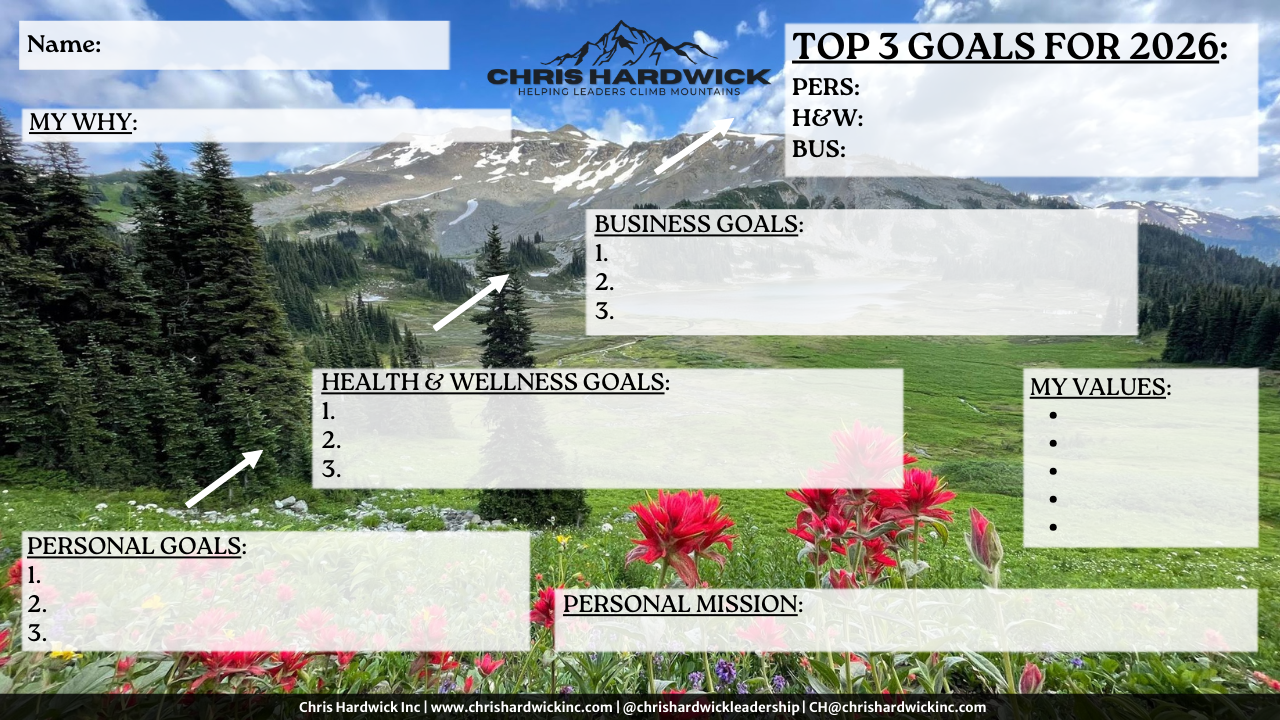Risk Management is essential to business growth
- Without risk, there is no innovation, no progress.
In order to be a creative and disruptive force, you need to be willing to take risks. The thought of doing so can often feel paralyzing. That “deer in the headlights” feeling is your fight/flight/freeze response kicking in.
Here’s a quick summary of each:
FIGHT: Taking big steps to set yourself apart from the competition.
Example: Do you remember Reebok? In the late 1980’s Reebok was ahead of the game, in athletic shoes. During this time, Nike was struggling to keep up, and had to re-strategise to re-energize its brand presence. Now do you remember Michael Jordan? And Air Jordan’s? Whereas athletic endorsements were popular in those days, collaborations were not. Michael Jordan became one of the most successful brand ambassadors of his time selling over $100 million on Air Jordan’s in his first year.
FLIGHT: The inability or unwillingness to take measures to make a business more competitive.
Example: Think Sears, once one of the biggest brands in retail, their inability to transition from a costly wholesale strategy meant that even though they implemented a transition to become an online retailer in the changing market they were unable to deliver a strong value proposition to its customers, due to product selections, shopping experience and price points.
FREEZE: The lack of any action to maintain a competitive edge in your industry.
Example: A great example of this is Blockbuster’s decision to not form a partnership with Netflix, back in 2000, playing a significant role in its demise. A mistake that Blockbuster could never take back, they closed their doors and filed for bankruptcy in 2010. While Netflix, became one of the most successful streaming services in the world.
I think it’s a safe bet to say that risk and fear go hand in hand.
Fear is a hardwired response designed to protect us from what we perceive as threats, be they real or imagined, fear plays a fundamental role in our lives.
Overcoming Fear of Taking Risks in Business
To be able to thrive in entrepreneurship and leadership positions means refusing to stay in your comfort zone and also taking risks. Risk often equates to reward, and the bigger the risk, the higher the probability of a bigger payout.
Here are some steps you can take to overcome your fear of taking business risks:
- Never be afraid of failing. Failing creates opportunities and knowledge you didn’t have before.
- Take calculated risks. This helps to build your mental fortitude.
- Begin with smaller risks. Confidence can help you feel more accomplished and that will propel you forward.
- Educate yourself. As humans, we’re not always good at dealing with the unknown. So, if your fear is based upon not having enough information, get access to the knowledge you need to understand the situation using facts rather than speculation.
- Visualize your success. A great example to use is an athlete. They may imagine their success in a sporting task thousands of times before achieving it. They’re mentally and physically trained so that their body responds in a certain way, to achieve their ultimate goal in the most efficient way. For those of us who are non-athletes, we may call this manifesting.
- Get support. What we are fearful of is always better shared. Whether it’s a mentor, coach or support group. A problem shared is a problem halved. Athletes have coaches. Students have teachers. Even our friends can, even if they have no expertise in the area you’re struggling with, can provide the needed support to face your fear.

Now that you know some of the things you can do to overcome the fear of taking risks in your business, let’s have a look at the different kinds of risks.
Strategic risks: intrinsically associated with a business’s chosen strategy to realize its goals.
Operational risks: arise from inefficiency in business processes or even loss of assets including a company’s reputation.
Reporting risks: associated with unreliability, inaccuracy, and untimeliness of a business’s information systems.
Compliance risks: stem from a lack of the proper systems to monitor updates in laws, regulations, contractual requirements, or even internal behavior codes.
Opportunity
We already know that risks can lead to rewards. However, it is important to note that sometimes those rewards come in the form of opportunities such as:
Supply chain opportunities: the evaluation of how you structure your business, partner with your associates, and the processes you use to deliver your products/services.
Products/service offering: the development of new products/services or further improving existing ones.
Process improvements: known to result in affordable and better products and services.
Technological advances: enable you to carry out strategy faster making time a competitive advantage.
New markets: Venturing into new markets to source products differently and the chance to tap into new consumer demographics.
Customers: being very responsive to evolving customer trends may open up numerous business opportunities.
Competition: being aware of the opportunities being seized by your competitors as well as those they are shying away from is a great way to learn what opportunities you can exploit.
Risk Analysis
The last thing to talk about this month is analyzing risks. In order to determine if the potential reward is worth the potential risk, we first need to analyze it and there are a few different things we can look at:
Risk appetite
A business’s risk appetite is fundamentally linked to its culture and this may change with the passage of time. To analyze risk appetite, you and your team will need to answer some key questions, here are my top three:
- What opportunities and risk exposure levels necessitate immediate action?
- Have you assessed other factors like alternative opportunities, market retention, and resource allocation?
- What opportunities have you missed and what sorts of risks impacted your company in the past?
Analyzing risks and opportunities
It’s critical to analyze risks in terms of cost if they occur and the advantages that will arise from taking the right risk response.
Analyzing opportunities
There are conventional models of evaluating the potential benefits of opportunities. Some of these include:
- factoring in the increased market share that may be captured
- calculating the possible profits that may be gleaned from the opportunity
- and quantifying the number of new businesses the opportunity will create.
Risk analysis process
There are generally 5 steps in analyzing business risks.
- Identify the risks associated with your business
- Evaluate the probability of the occurrence, and the impact on your business
- Identify the processes and procedures that would need to be taken in order to mitigate the risks
- Assess the cost/benefit of taking action to mitigate the risk
- Prioritize the number of risks, by ranking them to determine which are the most critical, and need immediate action.
With a structured process to risk, and support to overcome them, taking risks can be less frightening and much more invigorating. Take a good look at your business to see what you are avoiding, what you could be missing out on, what’s not happening and what needs immediate action. It might seem scary but it’s essential to growth.
There's no such thing as a risk-free business. But if you're not taking any risks, you're not going to get very far. Sooner or later, you have to put your neck on the line and go for it.
If you need help with this, get in touch with me today, to help show you the road to successful risk-taking.
I’ve project managed some of the most challenging infrastructure projects on both sides of the Pacific. Without taking calculated risks and developing detailed risk management strategies these projects would not have been completed as effectively as they were. I now work with some of the most talented; Business owners, Entrepreneurs, CEOs and C-Suite Executives who overcome fear and takes risks in their business every day. As a result, they are leaders in their industry sectors. We do this through regular 1:1 coaching and peer group meetings to reach greater results than would be possible on their own.
Connect with me to see how we can open your mind to overcoming fear and taking risks to achieve greatness.


















